Statues of Presidents George Washington, Abraham Lincoln and William McKinley, as well as the Italian explorer Christopher Columbus, were among the 40 public statues and other commemorative markers identified on a list from Mayor Lori Lightfoot’s administration on Wednesday for further review as part of “a racial healing and historical reckoning project” started last summer.
The city launched a website on Wednesday detailing the controversial monuments flagged by the mayor’s commission on monuments. Other statues on the list included a police memorial tied to the Haymarket Riot and a statue of Leif Ericson at Humboldt Park.
Disputes over the city’s Columbus statues erupted last summer between protesters and police, including a violent clash at Grant Park. Lightfoot removed the statues but said the move would only be “temporary.”
Not all 40 monuments will be taken down, city officials said, but they merit further discussion. It remains unclear whether the city will bring back the Columbus statues, as Lightfoot suggested.
“This project is a powerful opportunity for us to come together as a city to assess the many monuments and memorials across our neighborhoods and communities — to face our history and what and how we memorialize that history,” Lightfoot said in a statement. “Given the past year and in particular the past summer that made clear history isn’t past, it is essential that residents are a part of this conversation.”
Sign up for The Spin to get the top stories in politics delivered to your inbox weekday afternoons.
Even before the unrest sparked by the killing of George Floyd in Minneapolis, cities around the country were grappling with controversies over monuments that celebrate Columbus, Confederate leaders and other historical figures. Some have been marked with graffiti. Others have been pulled down.
Activists have urged that public art do a better job of representing a broad spectrum of American life, something Lightfoot said the Chicago effort will accomplish.
As part of that, city officials said the Chicago Monuments Project seeks ideas from individual artists and community groups “for the development of new monuments that rethink the place, purpose and permanence of monuments in our public spaces.” The deadline is April 1.
Throughout the country, activists have criticized cities for not honoring women and people of color. In Chicago, women and minorities aren’t altogether absent from the city’s public art, but they are underrepresented.
A statue of the prize-winning poet Gwendolyn Brooks was unveiled on the South Side in 2018. And the Harold Washington Library Center contains multiple artistic tributes to Chicago’s first Black mayor. The city renamed Congress Parkway for journalist Ida B. Wells in 2018.
Other cities have used temporary sculptures to explore the issue of expanding representation.
The issue came to a head in Chicago last July, when activists forcibly attempted to remove the prominent statue of Columbus in Grant Park, leading to violent clashes between police and protesters. Nearly a week later, Lightfoot took down Columbus statues in Grant Park and Little Italy. Lightfoot later removed a lesser-known statue in the South Chicago neighborhood.
Columbus has been condemned by activists around the country who point to the Italian explorer’s mistreatment of Indigenous people after he landed in the Americas in 1492.
Many Italian Americans prize the statues of the explorer as an expression of their mainstream American identity.
___
(c)2021 the Chicago Tribune
Visit the Chicago Tribune at www.chicagotribune.com
Distributed by Tribune Content Agency, LLC.
—-
This content is published through a licensing agreement with Acquire Media using its NewsEdge technology.



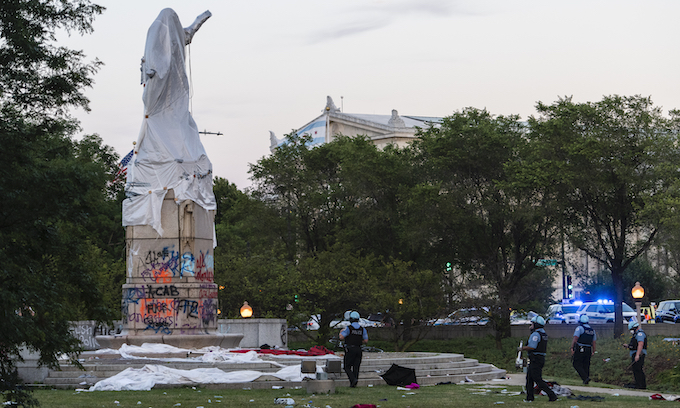

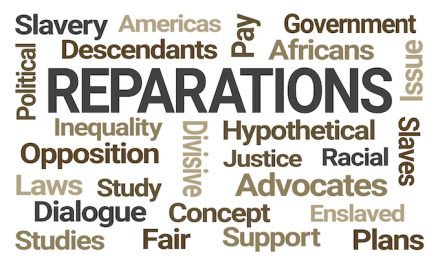
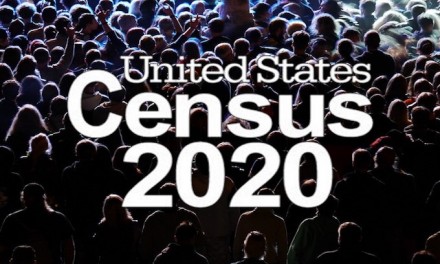
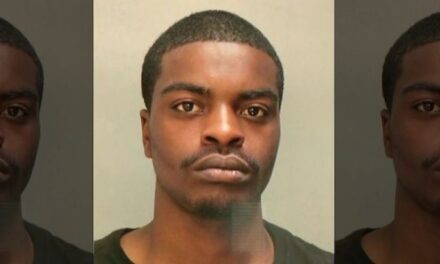






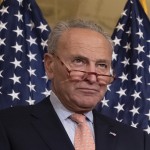




Rumor has it she has already commissioned two statues, one of Nat Turner beheading his master whose face mysteriously resembles Donald Trump, and another of Uncle Tom getting tar and feathered by a mob for cozying up too close to whites whose face looks a lot like Ernie Banks. Ernie always believed “It’s a beautiful day for a ball game, lets play two.” Lightfoot just substitutes the word “riot” for “ball game”, but like Earnie also believes “The only way to prove you are a good sport, (Or Mayor),,is to lose”
How’s about we call to remove ALL MLK statues, for ‘racial healing’, and see how THAT flies.
” Beetlejuice! Beetlejuice! Beetlejuice!”
“Is she still here?”
Yep, Lori, taking down statues, will really get the people in your city, out of poverty, taking down statues will really reduce the crime, drugs and gangs. Erasing American History, will really educate the people in the inner city, won’t it Lori? Oh, Lori, I forgot, communists like you, erase history and the sheep will follow you. Lori, you are certainly the standard, when it comes to the Democrat communist party.
You think cretins like her, actually GIVE A DAMN about pulling folks out of poverty, and stopping the endless crime??
HELLLZ no.
Exophthalmic goiter, lori lighthead, needs to form a committee to find her a brain. She disgusts me.
The left’s vicious cancel culture, which attempts to intimidate, silence, and punish anyone who dares to criticize its destructive and divisive policies, is also devoted to eliminating physical reminders of the important people who were instrumental in creating, preserving, and strengthening our nation. The clueless Democrats fail to realize that a nation which destroys its past also destroys its future.
this has to stop or we will all be erased from history.
ONly if you’re white.
Note: We are forced to observe “Black history month”,
But U.S. history is not allowed by the Fascist Democrats.
Well let us just look at a little bit of black history.
I.A.W. U.S. Census & FBI (Table 43a) Black males make up about 8% of the U.S. population but commit 53% of all the murders and 55% of all robberies in the U.S… Every year there are ~6,000 African-Americans men, women and children killed and 94% of them were killed by fellow African-Americans.
“How many bodies do you have to step over to get to the one that you think is important only because a police officer was involved?” 😯
History, by definition, is in the past. It cannot be in the present and be history. All humans, save Christ himself and his mother given that status simply because she is his mother, are flawed and have failings. To remove statues because of some aspect of what a person did is to erase history.